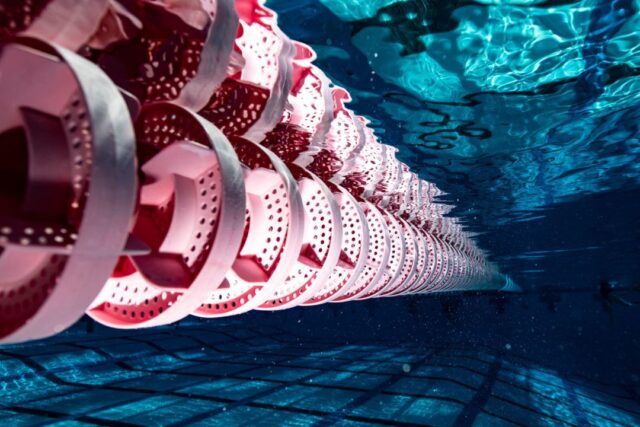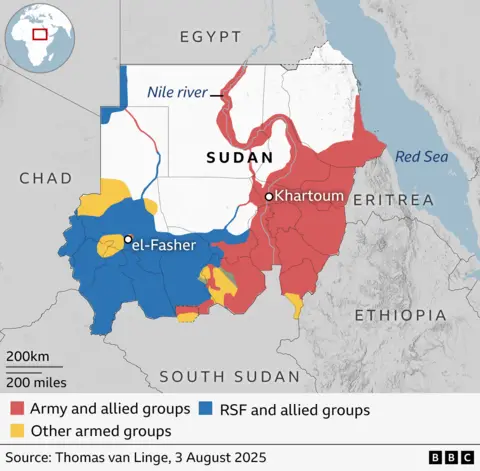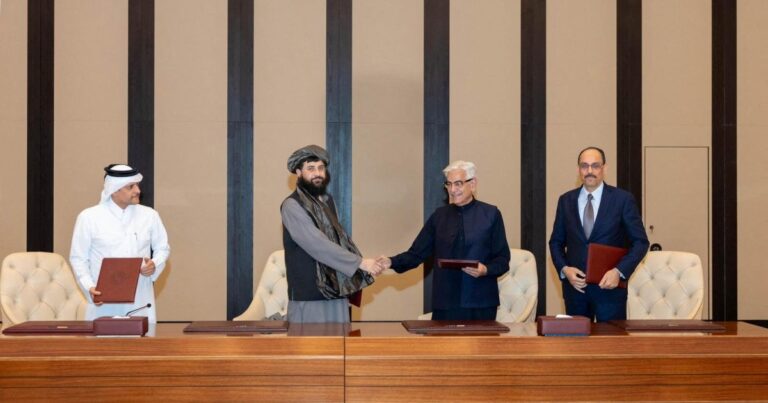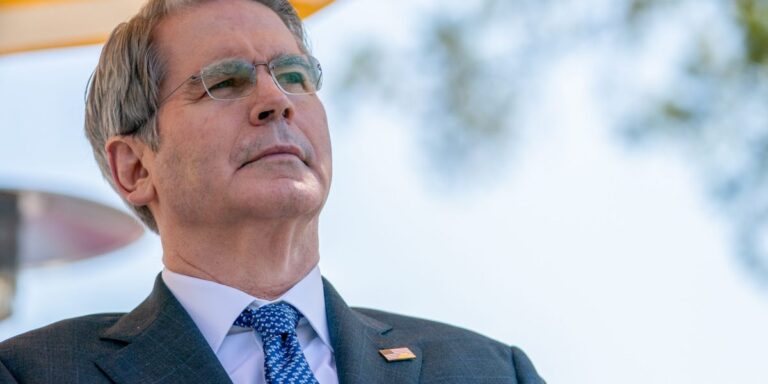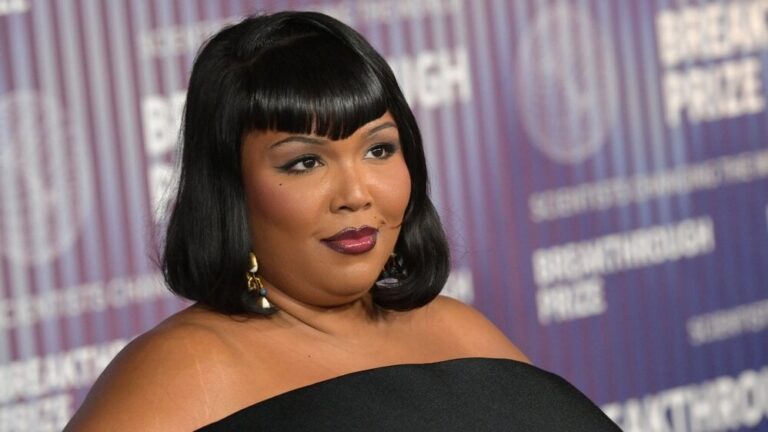By Terin Frodyma on SwimSwam

UC Santa Cruz v. Pacific v. San Jose State
- October 25, 2025
- Eberhardt Aquatics Center, Stockton, CA
- SCY (25 yards)
- Results
The University of the Pacific hosted both San Jose State and Division III UC Santa Cruz this past weekend in Stockton. The meet was highlighted by an historic milestone for the Banana Slugs of UC Santa Cruz, where the men earned their first victory over a Division 1 program with their win over Pacific.
Women’s Recap
The women’s results were led by a pair of dual meet wins from San Jose State. The Spartans won nine individual races en route to a 162-127 win over Pacific, and a 198-92 win over UC Santa Cruz.
Junior Vilma Lindberg and redshirt-senior Ela Freiman led the way for the Spartans, each earning two individual wins. Lindberg swept the breaststroke events, clocking 1:03.47 in the 100 breast and 2:18.28 in the 200 breast, both times marking her fastest swims of the young season. Freiman touched first in both the 200 butterfly (2:03.38) and 200 IM (2:04.78).
Junior Madeline Kwok also finished with a sweep of her own, this time on the boards, winning both the 1-meter (242.00) and 3-meter (248.75) diving events.
Junior Dalton Sickon added to the win total with her performance in the 50 free, clocking 23.59, freshman Genevieve George picked up the 200 backstroke victory (2:03.57), and freshman Lillie Grover earned her first win for San Jose State in the 100 butterfly, stopping the clock in 56.23.
The Pacific women walked away with a dual meet win over UC Santa Cruz 191-102. The Tiger women were spearheaded by sophomore Christina Agiomamitou, who took both distance freestyle events, touching in 4:58.67 in the 500 free and 10:11.78 in the 1000 free.
Pacific picked up another two wins from senior Annelise Thomas in the 100 backstroke (55.90) and Josie Fields in the 100 free (52.02).
The Banana Slugs of UC Santa Cruz still put up solid performances in Stockton. Junior Katie Hawk secured the lone win for UCSC in the 200 free, clocking 1:53.01.
Senior Piper Stricker swam the next highest placing for the Banana Slugs, finishing runner-up in the 1000 free, touching in 10:52.54.
Men’s Recap
The UC Santa Cruz men narrowly defeated Pacific 144-143 for the Banana Slugs first win over a Division I team in program history.
UCSC opened up their meet with a program record-setting 1:30.08 to win the 200 medley relay.
First year PJ Fortune notched a program record of his own, winning the 100 breast in 55.79. Fortune would complete the breaststroke sweep, taking the 200 breast in 2:04.10.
Sophomore Kent Nishida turned in the top time in the 200 fly, clocking 1:52.35, with junior teammate Jude Robinson just five hundredths behind in 1:52.40.
Sophomore Eion Hempenstall (174.75, 139.30) and junior Trevor Masters (98.75, 122.75) finished 1-2 on both 1-meter and 3-meter for the Banana Slugs.
Sophomore Asher Kates also swam his way to a victory in the 200 back, clocking 1:52.37.
UCSC wrapped up the day claiming the 400 free relay in 3:02.00, securing the historic win for the program.
Pacific put up a hard fight against UCSC. Leading the charge was sophomore Nate Rasmussen, who won all three of his individual races. Rasmussen clocked 20.44 in the 50 free, 44.90 in the 100 free, and 1:36.88 in the 200 free to leverage the Tigers in the pool.
Freshman Alexis Iacovides swam 50.13 in the 100 back for his first collegiate win in Pacific’s final home meet of the 2025.
Read the full story on SwimSwam: UC Santa Cruz Men Earn First Win Over D1 Program in School History With Victory over Pacific


